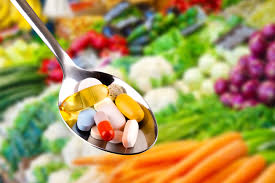Supplements – Is there any evidence?
Increasingly nowadays I am being asked if there are any foods or supplements that would help a patients recovery from injury or in managing pain. There is a lot of noise out there but here is a brief summary of the things that might help and the things that probably won’t.

Protein:
When it comes to recovering from a musculoskeletal injury building muscle is going to be really important. Muscle is meat and meat is protein so having enough protein in your diet to help with this repair process is essential. Equally importantly however is the timing of when you get this protein in to your system. When you do resistance/power exercise, which your physio is likely to give you as part of your rehab, you are stimulating the RNA (Ribo-Nucleic-Acid) in your cells which in part is the signaling system the body uses for protein synthesis.
When we are younger, say 25 years old our RNA stays stimulated for up to 3 hours after exercise. This means that the body will search for protein in the bloodstream for approximately 3 hours in order to repair or build muscle in the exercised part. As we get older this window of opportunity as it wear narrows. By the time we are in our late 50’s this window is about 1 hour.
Unless you have the protein in your bloodstream ready to go within an hour of exercise you won’t build or repair your muscle as effectively as you should or could. The difference is up to 400% in terms of protein synthesis so timing is everything.
Do you need to take a protein supplement? Maybe. Those protein shakes you see people take in the gym do have some science behind them as they are consuming an easily digestible protein as they train so their bloodstream will have plenty of amino acids (the building blocks of protein) ready to repair their muscles in the hour or so after training. You may not need to go down this road, just be aware of the timing of when you eat and exercise to get the best return for your efforts. If however you are recovering from surgery and have major muscle wasting them protein supplements have a place.
Vitamin D
Of all the foods &/dietary supplements this is the one with the largest amount of research and evidence behind it. For years Vitamin D was ignored or never even considered but it is now fairly routinely tested by GP’s when patients present with muscle and joint ache. It appears it’s increasingly important as we get older in terms of bone health and fracture risk but it doesn’t seem to offer any benefit in terms of arthritis prevention. Vitamin D is a fat-soluble vitamin that can be obtained from sun exposure, food, and dietary supplements. Only 20% of our Vitamin D will come from our diet even if our diet is particularly high in Vitamin D and 80% of it comes from sunlight exposure. North European climates such as ours reduces our ability to get enough Vitamin D and therefore supplementation needs to be considered. Most moisturisers and makeup products have UV protection making it more difficult for us to get Vitamin D even if we are out in the daylight. When you do get outside in the autumn and winter months most people don’t get enough daylight exposure as we are often wrapped up for 6 months of the year.
Vitamin D promotes calcium absorption which is necessary for bone growth, and appears to affect skeletal muscle, immune regulation, cardiovascular fitness and Sleep. Limited evidence suggests it can help reduce musculoskeletal pain when used in doses of 2,000 IU per day (but not over 4,000 IU per day). Higher doses should be used only as prescribed by a healthcare provider, since excess use can lead to vitamin D toxicity and actually increase your risk of falls.
Curcuma or Turmeric
Turmeric is a spice available as a powder or in root form. Research studies using doses of 700–2,000 mg per day over 6–12 weeks have shown significant pain reduction in muscluoskeletal disorders particularly Knee Osteoarthritis and a consequent reduction in the usage of Non-steroidal Anti-inflammatory drugs for the same. Increasingly athletes are using Curcimina to help with the recovery of exercise induced muscle pain. The only reported side effects are minor gastrointestinal complaints. Curcuma are believed to have anti-oxidant and anti-inflammatory properties and as the stresses of modern living tends to be pro-inflammatory and many long-term conditions are inflammatory in nature it’s worth considering this as a regular supplement.
Capsaicin
Capsaicin or Capsicum as in the species of chili peppers. There is some evidence that this can help as a topical cream in pain scores and a significant reduction in opioid use in those treated with a capsaicin preparation in their wound after total knee replacement. Studies have reported significant pain reduction within 4 weeks from using a capsaicin cream applied to the skin in comparison to placebo. Most creams contain 0.025–0.075% capsaicin and can be applied 3 or 4 times a day. Some users report burning, itching, and irritation, especially when used at higher doses such as 0.25%. Initial use should begin at a lower dose. If you’re thinking of using a cream for muscle or joint pain such as deep heat then maybe a Capsaicin cream is a better alternative.
Polyunsaturated fatty acids (PUFA)
Fish oil comes from a variety of fish that provide PUFAs known as omega-3 fatty acids, (alpha-linolenic acid [ALA], eicosapentaenoic acid [EPA], and docosahexaenoic acid [DHA]). Fish oil supplements contain varying amounts of EPA and DHA (18–51% and 12–32%, respectively). ALA is mainly found in green vegetables, canola oil, and soybeans. EPA and DHA almost exclusively come from fish oil and other seafoods. Omega-3 fatty acids might help relieve pain, reduce cholesterol and improve heart function. Studies have used various combinations and doses of PUFAs (300–9,600 mg per day over 4–48 weeks). Reported side effects include fishy aftertaste, gastrointestinal complaints, and rash. Since PUFAs are already available in food and the NHS recommends 2 portions of fish a week one of which should be an oily fish like sardines or mackerel, it should be considered as a dietary source. As a supplement, one should not to exceed 1200 mg per day until we have a better understanding of the various formulations.
Ginger
Common forms include fresh or dried root, tablets, capsules, liquid extracts, and teas. As a dietary supplement, it doesn’t appear to be as effective as other ingredients listed here, but it poses no additional risk when used in food or tea to help with pain. Minor complaints of bad taste or stomach upset have been reported. In research, doses of 250–1,000 mg per day over 3–12 weeks have been used, with higher doses producing greater benefits. Is it necessary to take it as a supplement to help recover from injury. Probably not but no harm as a Ginger Tea, but only after you’ve done your exercises!!.
Glucosamine is produced naturally in the human body, but it is also available in prescription and over-the-counter products. It is thought to be an important component of cartilage and most research has been in it’s use in osteoarthritis and more recently strength training. As soon as an article is published bestowing the positive benefits of glucosamine another one is unsure at best. The most effective form to reduce pain seems to be crystalline glucosamine sulfate (pCGS) at a dose of 1500 mg per day. Little reliable evidence is available for over-the-counter versions, for which dosing and formulas vary. Side effects of 1,500 mg pCGS include nausea, heartburn, diarrhea, constipation, drowsiness, skin reaction, and headache. The effectiveness of pCGS combined with prescription chondroitin is still unknown. Most research has focused on knees and if there is a benefit it is probably here as there has been no benefit shown when it comes to its use in back pain. My view would be that if you have a family history of knee osteoarthritis, do a lot of running or twisting sports like tennis, squash or football then it’s probably worth considering in supplement form.
Creatine is a naturally occurring compound that serves as an energy substrate for muscle contraction and is consumed in most diets. Studies show increases in strength, power, sprint times, total work to fatigue, peak force, and peak power with creatine supplementation. Caution should be observed in extreme, long-term usage, due to liver and kidney disease.
Little or no evidence for the following:
- Boswellia
- Collagen
- Devil’s claw
- L-carnitine
- Methylsulfonylmethane (MSM)
- Pycnogenol
- Rose hip
- S-adenoysl-L-methionine
- Willow bark extract
Summary
Most of the time supplements are not required just a good balanced diet and an adherence to your treatment plan. The timing of when you eat is important especially when it comes to protein and this can have a significant influence on your muscle synthesis. If you have major muscle wasting then a protein supplement might be necessary. A multi-vitamin tablet with adequate Vitamin D is probably beneficial in a northern European climate and Turmeric is looking like the most beneficial supplement when it comes to musculoskeletal pain and knee Osteoarthritis and although you can add it to cooking you probably won’t want to add it to everything. Have fish a couple of times a week including an oily one like mackerel. Exercise is the best supplement of all so don’t think that taking a multi-vitamin is the solution to everything. They have their place but you may need to address bigger lifestyle issues before looking for the marginal gains.




0 Comments